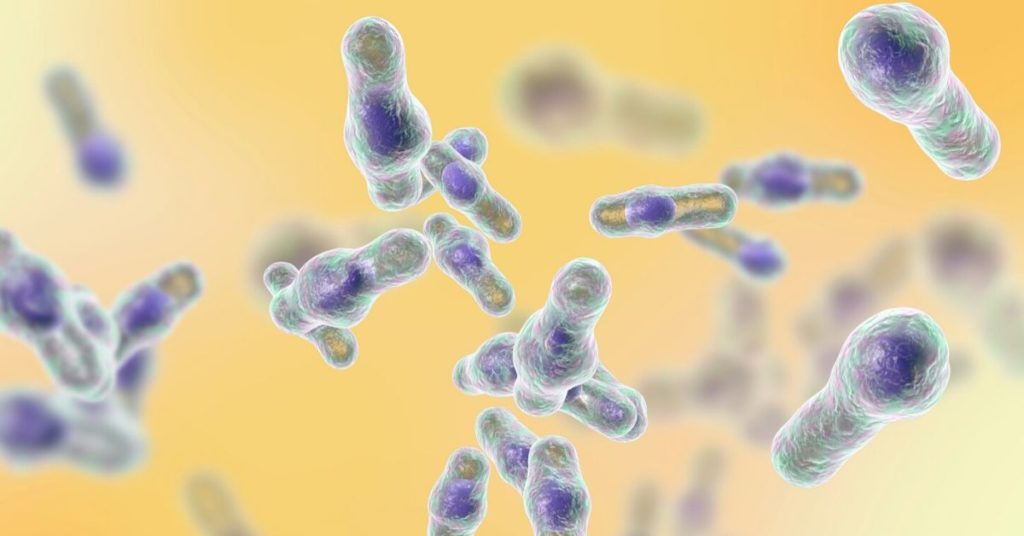Speeding-up Mother Nature
Over the last 20 plus years of being in the environmental arena, I have been asked this question hundreds of times: what can microbes do for me? My best response to this question is, “what do you want them to do for you?”
As I had once heard someone say, “there is nothing on this planet that some bug won’t eat, we just have to find the right one and get it in high enough populations to get the job done”.
In the area of environmental cleanup, there isn’t much they cannot do if they have a high enough population (i.e. CFU), diversity (i.e. SRD) and time. There are a few other requirements, like temperature and pH, that can affect the performance of microbiology.
If you want something fixed in one day, then microbiology is probably not the solution to your problem. If you can allow days, weeks or months for the solution to work, then using quality microbial solutions may be the least expensive option you can use. If you have other options to try, why not try the less expensive one first?
Mother Nature has been cleaning up the environment since time began with the use of microbes/bacteria. Although it can take a considerable amount of time for nature to change the environment, we now have the ability to speed up the process. This is done using of bioaugmentation (adding new or more bacteria to the system) and/or biostimulation (giving the indigenous bacteria something new to eat).
Sources of Bacteria
Some experts will tell you that all the bacteria you need are already in your wastewater system. This is not necessarily true. In order to have all the bacteria you need for your facility to operate efficiently several different inflows are required.
Old-school experts think you will get all the remediation you need from human gut bacteria (HGB). Again, this is not exactly correct. When you need bacteria for nitrification, denitrification, phosphorous accumulation, cellulose digestion, hydrocarbon reduction (petroleum or food grade), or for the breakdown of chemicals such as fertilizers, pesticides and herbicides, you will need more than HGB.
These processes require bacteria from inflow and infiltration (I&I). Unfortunately, HGB and I&I are not enough to provide bacteria required to breakdown the ever-growing list of chemicals monitored by the EPA. This list currently contains over 100 chemicals and includes things like cholesterol, coprostanol, and musk in addition to chemicals included in prescription drugs and personal care products (PPCPs).

Figure 1. A close-up image of microbial bacteria that is responsible for reducing compounds in wastewater systems. Image retrieved from https://www.conservationmagazine.org/2013/12/10-ways-microbes-save-world/
What You Need to Succeed
Finding the right bacteria isn’t always easy. To ensure you have the right bacteria for your specific needs, it is important to maintain a high species richness diversity (SRD). The reason for this is that in a lot of cases one bug cannot provide total reduction.
This is demonstrated by the nitrification/denitrification process, where some species of bacteria convert ammonia to nitrate and others convert nitrate to nitrogen gas. Some of these processes occur aerobically and others require anaerobic or anoxic environments. This process adds to the complexity of bioremediation.
In the arena of biological phosphorus removal, specific types of bacteria called phosphorous accumulating organisms (PAOs) need to be forced to release phosphorous before they will accumulate additional phosphorous. This is accomplished by putting the PAOs through an anaerobic zone and then into an aerobic zone.
What we are trying to do is maximize degradation or removal of contaminants while also controlling the byproducts of the bacterial process. In a perfect world, the byproducts from biodegradation would be hydrogen, oxygen, water, enzymes and amino acids.
This scenario is achieved in the biodegradation of fats, oils and grease (FOG) and petroleum hydrocarbons, but some compounds are far more complex and may require a higher SRD or contact time than those required for the degradation of human waste.
Wrapping Up
I am often amazed at the size and complexity of the bug hotels we engineer to provide an environment for the bacteria to live and do their work. Even though these engineering marvels are built for bacteria, I often find the designers do not always understand bacteria are what makes the whole thing work. Without bacteria, we would be just moving shit from one place to another without any treatment. In most cases, if a compound has carbon in the molecular structure, it can be converted using bacteria.
So how do things really work? There are many compounds that exist in wastewater, ranging from cellulose materials to chemicals to the dead bacteria released from the human gut. These materials contribute to biochemical oxygen demand (BOD), nutrients, and ultimately solids.
In order to reduce these compounds, bacteria are the best solution. The challenge is getting the right bacteria in the right place at the right time with high enough concentrations to reduce the contaminants. This requires environments that allow the bacteria to eat, multiply and grow.
This can be done with a simple lagoon system, which have a larger footprint, or a bug hotel that requires more money to build. Ultimately, for bacteria to work, they need a few simple things: a food source (sometimes more than one), the right environment (oxygen if aerobic or no oxygen if anaerobic), and time. Watch for the second piece of this article in the next issue where we tell you more about why bacteria love Candy Carbon®.
If you need more information, contact us at 970-586-3391 or by email at [email protected]
Rick Allen© BioLynceus®


